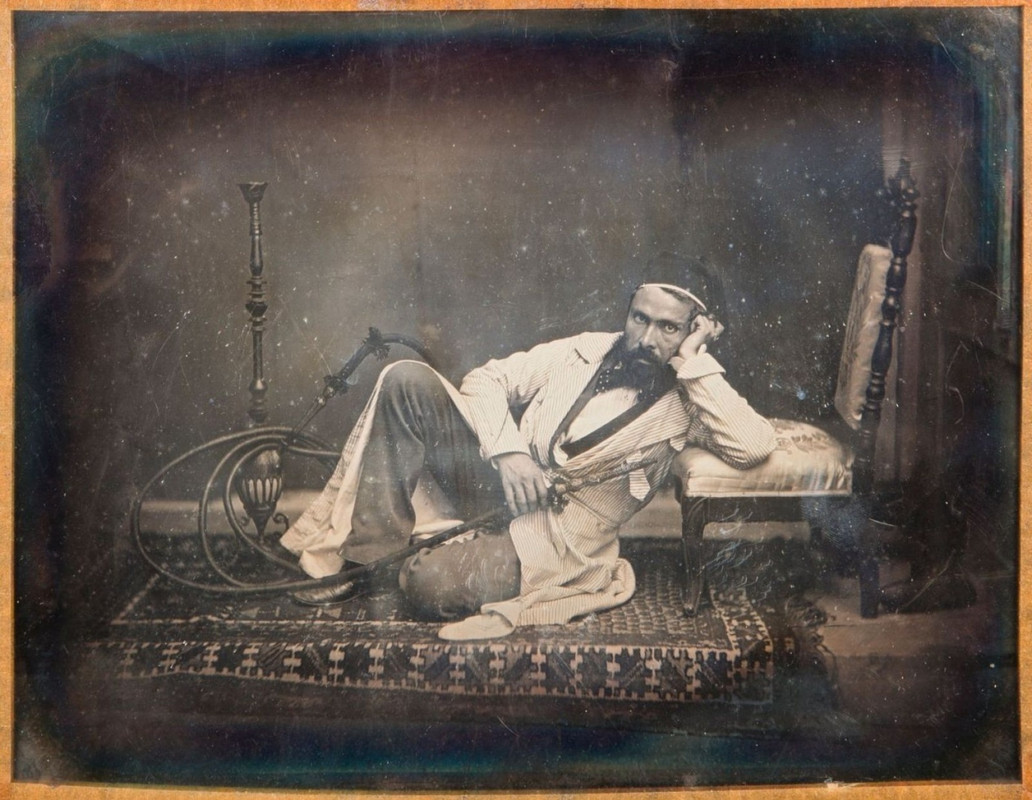The Immortal Cannabis Goddess continued...
In the 'Yiyuan' by Liu Jingshu, we find Magu's story as a mortal...
"During Qin times, there was a Temple to Maid Mei 梅 – or, as one version has it, Maid Ma – beside a lake. When alive, she had possessed arts of the Dao. She could walk on water in her shoes. Later she violated the laws of the Dao, and her husband, out of anger, murdered her and dumped her body in the lake. Following the current, it floated on the waves until it reached the [present site of] the temple. A subordinate shaman directed that she be encoffined but not immediately buried. Very soon a square, lacquered coffin appeared in the shrine hall. [From then on], at the end and beginning of each lunar month, people there could make out through the fog an indistinct figure, wearing shoes."

Magu Temple in the Yue Gu Temple complex, Yantai - Shangdong Province, China (Magu's gravestone can be seen on the left)
In a continued story from the 'Yiyuan' by Liu Jingshu, we find that after her mortal death, Magu would become Immortal. Going further then her title of Protector of women, to protecting all life...
"Fishing and hunting were prohibited in the area of the temple, and violators would always become lost or drown. Shamans said that it was because the Maid had suffered a painful death and hates to see other beings cruelly killed."
In 1966, China's cultural revelution almost wiped out all traces of Magu destroying countless shrine's and temples worshiping her. Only one temple survived untouched...
Magu Temple, her protected temple by the lake...
"When you see a deer, Magu is near" (a Chinese saying)

Immortal Magu with deer and peach tree, Ming or Qing dynasty; Silk tapestry (1575-1725)
In the mountainous area around where Magu was said to live, a festival is still held every year. On the 7th day of the 7th month, a harvest festival is held in Magu's honor. Legend has it that the harvest festival has been held since “when the world was green”.

very wide leaf "feral hemp", Taoist temple, China
In the 'Yiyuan' by Liu Jingshu, we find Magu's story as a mortal...
"During Qin times, there was a Temple to Maid Mei 梅 – or, as one version has it, Maid Ma – beside a lake. When alive, she had possessed arts of the Dao. She could walk on water in her shoes. Later she violated the laws of the Dao, and her husband, out of anger, murdered her and dumped her body in the lake. Following the current, it floated on the waves until it reached the [present site of] the temple. A subordinate shaman directed that she be encoffined but not immediately buried. Very soon a square, lacquered coffin appeared in the shrine hall. [From then on], at the end and beginning of each lunar month, people there could make out through the fog an indistinct figure, wearing shoes."

Magu Temple in the Yue Gu Temple complex, Yantai - Shangdong Province, China (Magu's gravestone can be seen on the left)
In a continued story from the 'Yiyuan' by Liu Jingshu, we find that after her mortal death, Magu would become Immortal. Going further then her title of Protector of women, to protecting all life...
"Fishing and hunting were prohibited in the area of the temple, and violators would always become lost or drown. Shamans said that it was because the Maid had suffered a painful death and hates to see other beings cruelly killed."
In 1966, China's cultural revelution almost wiped out all traces of Magu destroying countless shrine's and temples worshiping her. Only one temple survived untouched...
Magu Temple, her protected temple by the lake...
"When you see a deer, Magu is near" (a Chinese saying)

Immortal Magu with deer and peach tree, Ming or Qing dynasty; Silk tapestry (1575-1725)
In the mountainous area around where Magu was said to live, a festival is still held every year. On the 7th day of the 7th month, a harvest festival is held in Magu's honor. Legend has it that the harvest festival has been held since “when the world was green”.

very wide leaf "feral hemp", Taoist temple, China
































